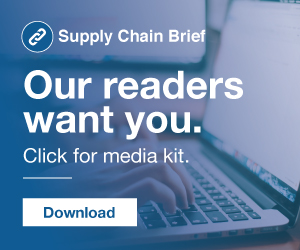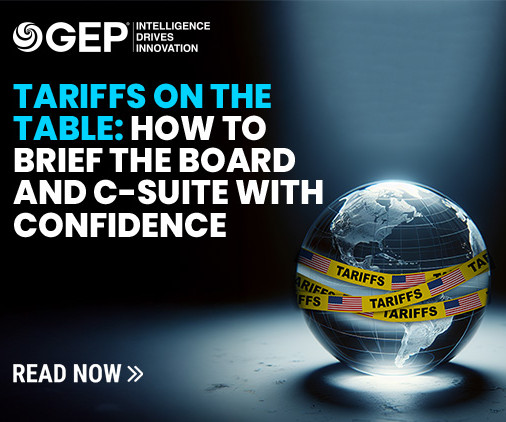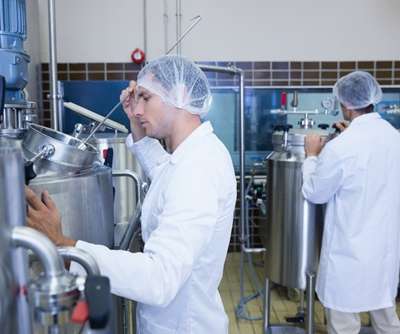A Different Solution to the Supply Chain Talent Shortage
ToolsGroup
JULY 12, 2016
“78% of respondents to Gartner’s most recent Chief Supply Chain Officer Survey identify talent as the No. 1 long-term supply chain risk”. There is a lot of documented evidence of a shortage in supply chain talent. Why is it happening? Planning is becoming increasingly complex; not only due to the increasing demand and supply chain complexity, but also due to the wide range of new data sources such as channel data, retail data and even web data - nearly all of which wasn’t available years ago.







































Let's personalize your content